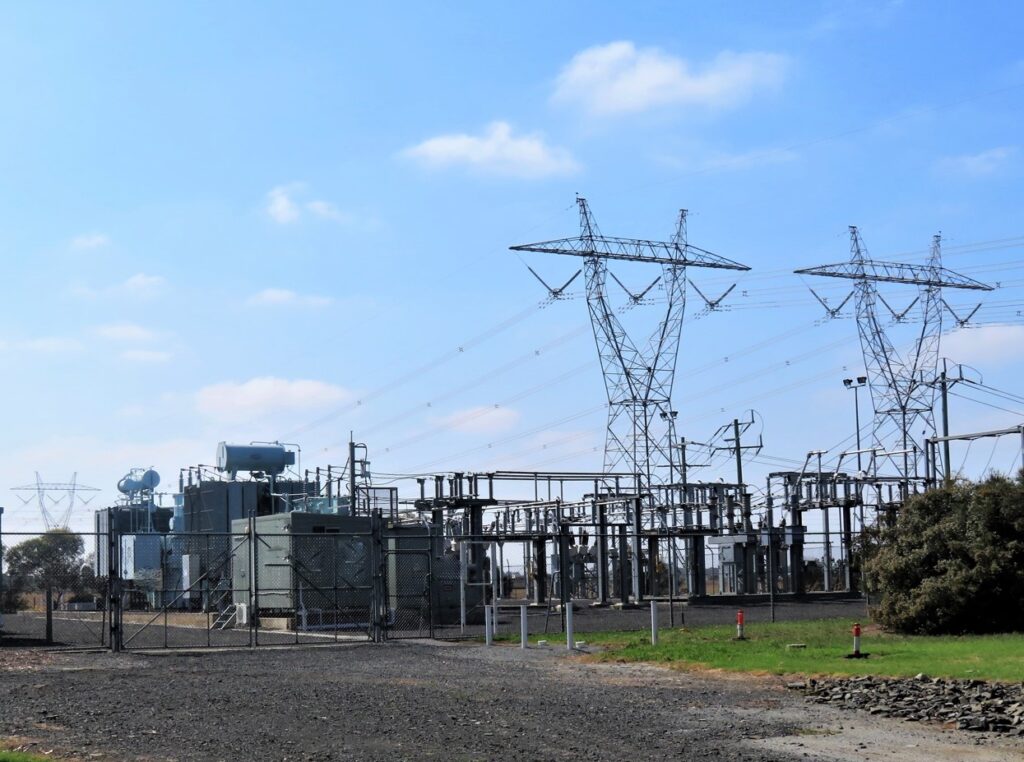What is Demand Response?
Australia has been facing increasing challenges in maintaining a stable power supply, with the Australian Energy Market Operator (AEMO) forecasting potential high-risk periods for power outages. In response to this, a strategic solution has emerged, offering businesses a unique opportunity to not only contribute to grid stability but also reap financial benefits. This approach is known as demand response, and it’s proving to be a game-changer for businesses with a large grid connection.
Understanding Demand Response
Demand response is a proactive energy management strategy that allows electricity consumers to play a crucial role in maintaining grid stability during periods of high demand or supply constraints. In Australia, the AEMO identifies potential high-risk periods, prompting electricity retailers to encourage consumers to shift their energy consumption or operate off the grid temporarily.
Types of Demand Response
- Frequent Response: Frequent Response is tailored for large energy users capable of responding within 30 minutes and on a regular basis (1-3 times per month). Businesses opting for Frequent Response have automated systems in place that can swiftly adjust their energy consumption upon request. Programs requiring frequent response include:
- Ancillary Services Demand Response (FCAS): Often referred to as FCAS (Frequency Control Ancillary Services) involves rapid adjustments to energy consumption or generation to ensure that the frequency of the grid remains within acceptable limits. Businesses participating in FCAS contribute to grid stability during sudden fluctuations in demand or supply.
- Infrequent Response: Infrequent Response is designed for large energy users that can respond within 120 minutes to 2 days, but on an irregular basis (less than six times per year). Businesses under Infrequent Response programs include:
- Emergency Demand Response (RERT): Is activated during critical situations when the electricity grid faces extreme stress or potential failure. Businesses participating in RERT commit to providing additional capacity within a specified timeframe. PR Power’s diesel generators play a crucial role in supporting businesses during emergency demand response scenarios, ensuring a reliable and rapid response to grid challenges.
- Network Demand Response (DR): Network Demand Response involves businesses adjusting their energy consumption to alleviate strain on specific sections of the electricity network. This can be particularly valuable during peak demand periods or when there are constraints in specific areas of the grid. Businesses engaging in Network Demand Response contribute to local grid reliability and help prevent potential outages.
PR Power’s Role in the Demand Response Landscape
As a leading provider of diesel generators, PR Power is uniquely positioned to support businesses in leveraging demand response as a cost-effective and reliable solution. In times of high demand or potential power outages, businesses can seamlessly transition to their backup power systems, ensuring uninterrupted operations while contributing to the overall stability of the grid.
It is important to note that not all generator suppliers have the technical capability to provide the control systems and engineering support that you will require to maximise your potential revenue from these opportunities. PR Power have been providing these technical solutions for many years now and have worked closely with electrical utility companies & electrical retailers on numerous installations.
Benefits for Consumers
- Financial Rewards: Participating in demand response programs allows businesses to earn considerable financial incentives from electricity retailers. This additional income stream can significantly offset initial capital outlay costs and ongoing energy costs and contribute to the overall profitability of the business.
- Reliable Backup Power: PR Power’s diesel generators offer a dependable and efficient backup power solution. By participating in demand response, businesses not only earn rewards but also ensure uninterrupted operations, safeguarding against potential losses during power outages.
- Community Impact: Operating backup power systems during peak demand periods can reduce the strain on the grid during extreme power demand periods. Reducing the possibility of energy outages within the community.
In a landscape where energy resilience is becoming increasingly vital, demand response emerges as a strategic and mutually beneficial solution for both businesses and the electricity grid. PR Power, with its expertise in diesel generators, empowers businesses to seize the opportunities presented by demand response programs, offering financial rewards and uninterrupted operations during critical periods.
As Australia navigates the challenges of a changing energy landscape, businesses partnering with PR Power not only contribute to grid stability but also position themselves as pioneers in sustainable and resilient energy practices. Demand response is not just a solution for today’s challenges; it’s a forward-thinking strategy that ensures businesses thrive in the face of evolving energy dynamics.

